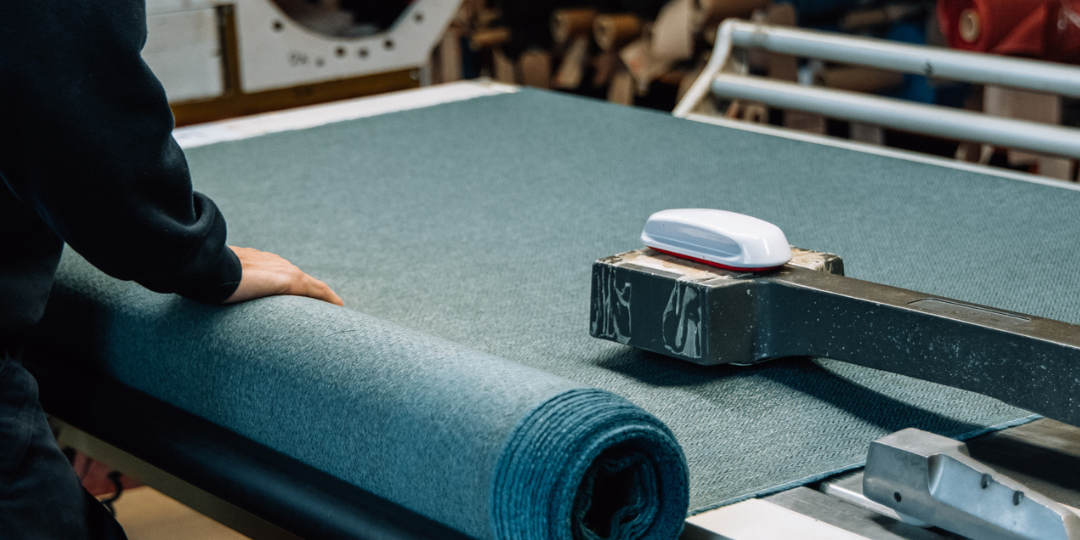
‘The Artistry Behind our Exceptional Woven Fabrics’
At Abbotsford Textiles, we are a leading designer and manufacturer of high-quality woven fabrics, for use across commercial and domestic interiors. Woven with style, performance and practicality in mind, we have an outstanding reputation for producing hard-wearing, high-quality fabrics that meet all legal standards, contract regulations and are manufactured to be used in the toughest environments.
But what sets us apart? Our secret to delivering textile excellence lies in our meticulous approach, from sourcing raw materials to our production processes including weaving, dyeing, and finishing.
Find out more about our processes below.
Wool
Through our fibres division, we have direct access to the finest raw materials sourced from around the world, creating relationships with trusted partners whose values align to our own, ensuring sustainability and traceability through the entire chain.
We only use the finest wool to produce our quality fabrics, these include Pure new wool, British wool and pure lambswool.
Blending
This is the process where the fibre is opened, and different colours or fibre types are blended. It is at this point that the desired colour, or composition is created using a unique mixture to achieve the desired blends.
Carding
The clean fibres are lubricated with a little oil and water and run through a series of combing cards that tease the fibres repeatedly, separating, disentangling, and airing to produce a carding strand.
Shorter fibres are removed and the longer quality of those left to form the ‘top’ are primary importance because it guarantees the strength and durability of the final fabric.
Carding is an important step in the process, this is where the fibres are aligned and loose untwisted strands, known as slivers, are produced.
Spinning
In order to be woven on looms, the fibres must undergo rapid twisting to generate a seamless, long-lasting and uninterrupted yarn.
The resulting yarn can vary in thickness, texture and properties depending on the type of fibres used.
Warping
A woven fabric is made up of yarns running its length – the warp and interlacing yarns across its width – the weft.
Warping is the initial stage in the fabric manufacturing process, where the segments are wound onto a sizeable drum called a warping drum. Subsequently, they are simultaneously transferred to a weavers’ beam, prepared for transportation to the loom.
Weaving
On the looms the warp is interlaced with the weft and then woven into fabric, there are hundreds of types of weaves.
After the fabric is woven, each piece begins a strict quality control process. Weaving our fabrics in our own UK mills provides us with flexibility to make changes at any point and enables us to control and check the fabric quality throughout production to maintain our exceptionally high standards.
Dyeing
Yarn dyeing consists of dyeing the thread cone prior to being woven, giving a more three-dimensional colour.
Piece dyeing dyes the woven cloth, and provides a cleaner, more even colour across the fabric. Throughout the process, the colour of the cloth is checked against the quality sample, ensuring consistency of colour.
Finishing
Finishing transforms the raw fabric into finished fabric. The final stage is truly where the fabrics come into their own.
In some cases, up to fifty different finishing techniques can be applied to give the fabric its final hand appearance. Obtained by washing, stabilising treatments, steaming, singeing, and pressing.
The cloth is washed using only soft water sourced from the local Pennines, an essential to create the finished fabric.
Our dedication lies in the upholding the highest level of environmental responsibility, consistently advancing our approached and procedures.









